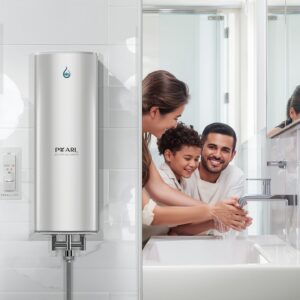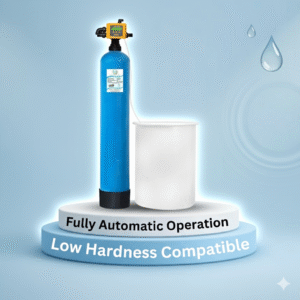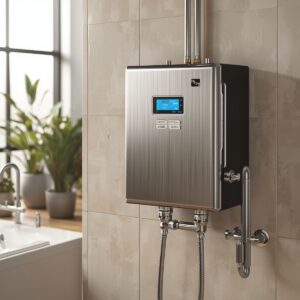RO Filter: Your First Line of Defense for Safe Drinking Water
Table of Contents
Introduction
What is an RO Filter?
How RO Filters Work
Types of RO Filters
Benefits of Using an RO Filter
When to Replace Your RO Filters
RO Filter vs Traditional Filters
RO Filter Maintenance Tips
Conclusion
Introduction
Access to clean, healthy water should never be a luxury. But with rising water pollution, it’s more important than ever to have a reliable purification system in your home. That’s where the RO filter comes in — a powerful part of the Reverse Osmosis (RO) purification system that ensures every drop you drink is pure and safe.
What is an RO Filter?
An RO filter is a key component of a reverse osmosis water purifier. It includes multiple stages of filtration, each designed to remove specific impurities such as:
Sediment (dust, rust, sand)
Chlorine
Heavy metals
Harmful microorganisms
Dissolved salts (TDS)
Together, these filters deliver water that’s safe, odorless, and great-tasting.
How RO Filters Work
The RO filter system purifies water in multiple stages:
Pre-Sediment Filter – Removes physical particles like dust and sand.
Carbon Filter – Removes chlorine, pesticides, and bad odor.
RO Membrane – The core component that removes dissolved salts and heavy metals.
Post Carbon Filter – Enhances taste and clarity.
UV/UF (Optional) – Kills any remaining bacteria or viruses.
💧 The combination of these filters ensures 99% purification efficiency.
Types of RO Filters
Here are the main types of filters in an RO system:
🧱 Sediment Filter – Protects other filters from large particles.
🌿 Pre-Carbon Filter – Absorbs chlorine and chemicals.
🔬 RO Membrane – Removes dissolved salts (TDS) and heavy metals.
🍃 Post Carbon Filter – Improves water taste and quality.
☀️ UV/UF Filters – Provides additional disinfection.
Benefits of Using an RO Filter
✅ Removes up to 99% of contaminants
✅ Protects against waterborne diseases
✅ Improves taste, odor, and clarity
✅ Suitable for borewell, municipal, or tanker water
✅ Helps maintain family health
Using an RO filter is not just about taste — it’s about health and peace of mind.
When to Replace Your RO Filters
Sediment Filter – Every 6 months
Carbon Filter – Every 6 to 12 months
RO Membrane – Every 1 to 2 years
Post Carbon Filter – Every 12 months
👉 Check your TDS level using a TDS meter regularly. If the value increases, your RO filters might need replacing.
RO Filter vs Traditional Filters
Feature
RO Filter
Traditional Filter
TDS Removal
✅ Yes
❌ No
Bacteria & Virus Kill
✅ Yes (UV/UF)
❌ Limited
Water Taste
✅ Improved
❌ Basic Filtration
Suitable for Hard Water
✅ Yes
❌ No
Purity Level
99%+
30–60%
RO Filter Maintenance Tips
Flush your RO system monthly
Replace filters on time
Don’t expose to direct sunlight
Clean water tank every 2-3 months
Get annual servicing from a certified technician
Conclusion
An RO filter is more than just a water purifier — it’s a long-term investment in your family’s health. With the ability to remove harmful chemicals, TDS, and bacteria, RO filters offer reliable, worry-free hydration every day.
💧 Looking for high-quality RO filters or complete purification systems?
Explore premium solutions at Pearl Water Technologies


